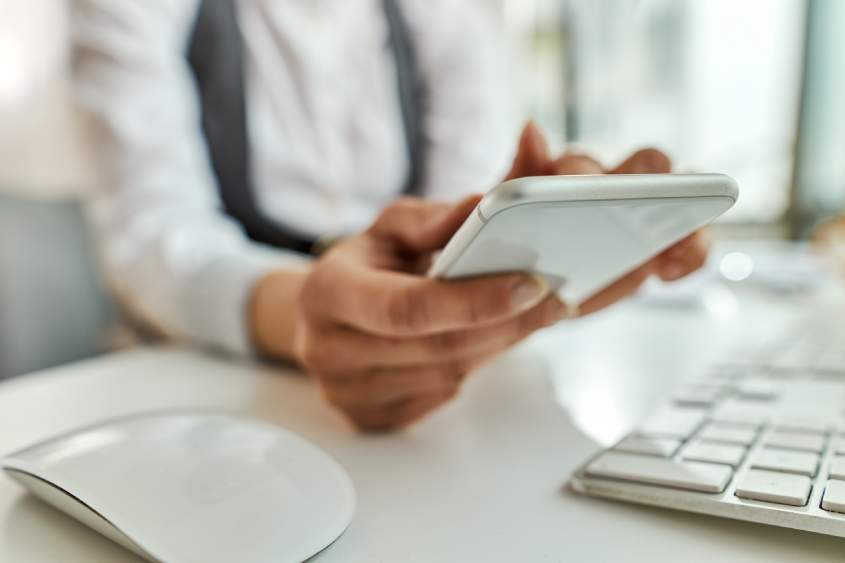
In a digital age marked by innovation, healthcare is undergoing a significant transformation. One groundbreaking development is the introduction of personal medical records apps, granting individuals direct control over their health information. This guide takes you through the steps of installing and utilizing your personal medical records app, demonstrating its potential to enhance health management and empower you in unique ways.
The Need for Personal Health Management
Conventional healthcare operates on a model where medical records are fragmented and frequently inaccessible, spread across various healthcare providers. This fragmentation results in care delays, miscommunication, and a limited grasp of one’s complete health history. Here come personal medical records apps, specifically crafted to overcome these challenges. They offer a centralized platform, allowing individuals to effortlessly manage their health information in one place.
Step 1: Choosing the Right App
The initial and vital stride towards improving health through a personal medical records app involves choosing the one that suits your requirements. Deliberate on aspects like user interface, security features, compatibility with other health devices, and ease of use. Conduct research on various available apps, read user reviews, and confirm that the app aligns with your specific health management objectives.
Step 2: Installing the App
After selecting the app that meets your needs, the installation process is generally uncomplicated. Go to your device’s app store, locate the chosen app, and click ‘Install.’ Follow the on-screen instructions to establish your account, including the creation of a secure password. Since most apps prioritize user privacy and security, it’s crucial to review and comprehend their terms and conditions.
Step 3: Uploading Your Health Documents
Now that the app is installed, it’s time to input your health information. The procedure might differ slightly depending on the app, but most provide a user-friendly interface for document uploads. These files could encompass medical history, test results, prescription details, and vaccination records. Certain apps even enable you to capture images of physical documents for convenient digitization.
Step 4: Exploring App Features
Beyond just storing documents, personal medical records apps come equipped with various features that can substantially elevate your health management experience. Dedicate some time to delve into these functionalities. Typical features include reminders for appointments, tracking medication, and the capability to securely share specific health information with healthcare providers.
Step 5: Security and Privacy Measures
Security is a key consideration when it comes to personal health information. Trustworthy medical records apps utilize strong encryption and authentication measures to safeguard the privacy of your data. Get acquainted with the app’s security features, activate two-factor authentication if possible, and consistently update your password to enhance the overall protection of your information.
Step 6: Integrating Health Devices
For a more seamless health management experience, contemplate integrating the app with additional health devices. Numerous personal medical records apps have the capability to synchronize with fitness trackers, smartwatches, and other wearables, offering a comprehensive overview of your well-being. This integration facilitates real-time tracking of vital signs, providing valuable insights into your overall health.
The Benefits of Better Health Management
By diligently following these steps and seamlessly integrating your personal medical records app into your daily routine, you unlock a multitude of health benefits:
- Empowerment
Take control of your health information, making informed decisions about your well-being as you have direct access to crucial information that influences your health choices. It shifts the control from traditional healthcare systems to you, allowing for a more active and engaged role in your personal health management. This empowerment is a key aspect of embracing the benefits of a personal health records app.
- Efficiency
Simplify healthcare processes by consolidating all your information in one accessible location, minimizing delays and miscommunication. In a traditional healthcare model, accessing records from different providers can be time-consuming and may lead to gaps in communication. However, with a personal medical records app, all relevant information is in one place, readily available.
- Preventive Care
Actively engage in preventive care measures with easy access to your medical history, allowing you to address potential issues before they escalate. Understanding your medical history, including past illnesses, vaccinations, and screenings, allows you to identify patterns and potential risk factors. Armed with this information, you can work collaboratively with healthcare professionals to establish a personalized preventive care plan
- Collaboration with Healthcare Providers
Foster improved communication and collaboration by securely sharing specific health information with your healthcare providers.
- Peace of Mind
Relax, knowing that your health information is secure, organized, and readily available whenever needed.
In summary, taking proactive steps to enhance your health through a personal medical records app is a move towards a more empowered and informed lifestyle. By thoughtfully choosing, installing, and utilizing the app’s features, you assume control of your health journey. Embrace the digital era of healthcare, and let your personal medical records app serve as the key to a healthier and more connected version of yourself.